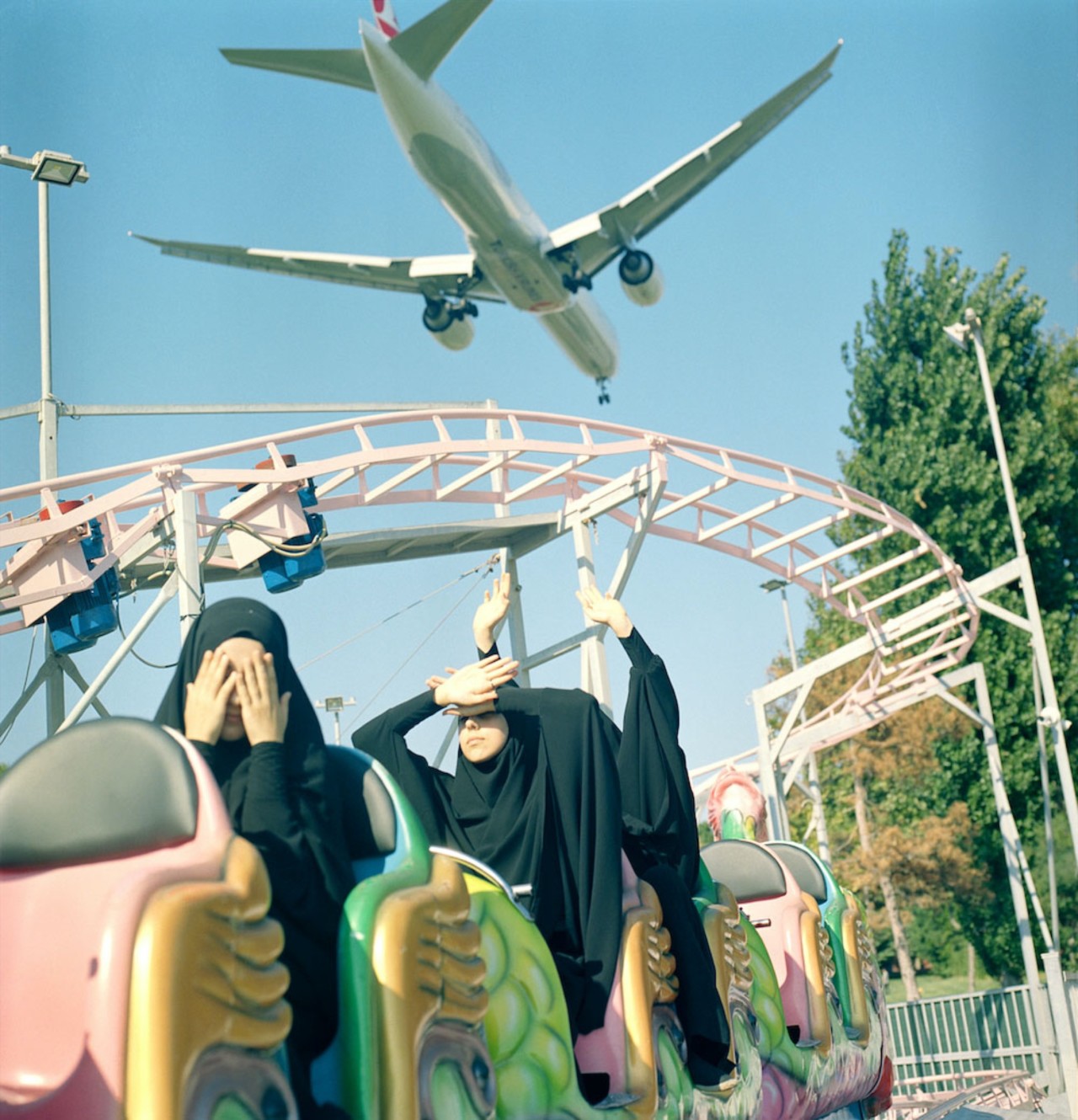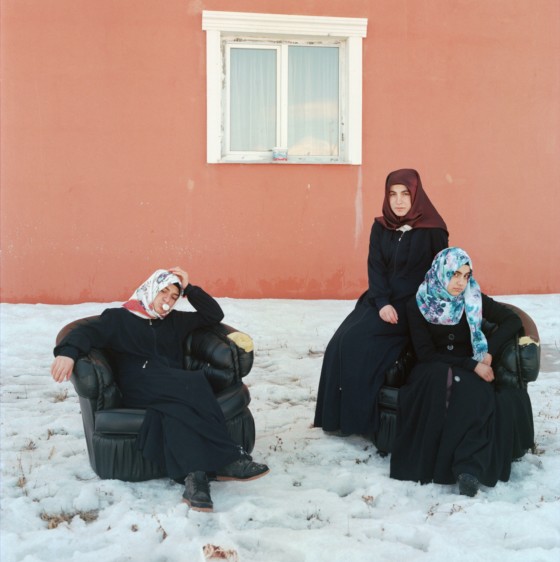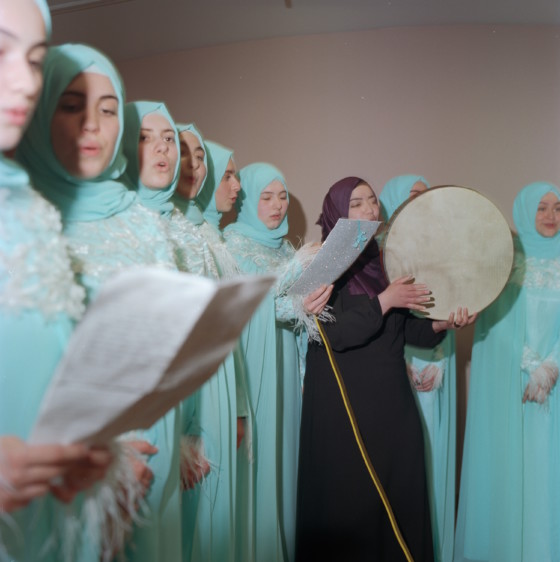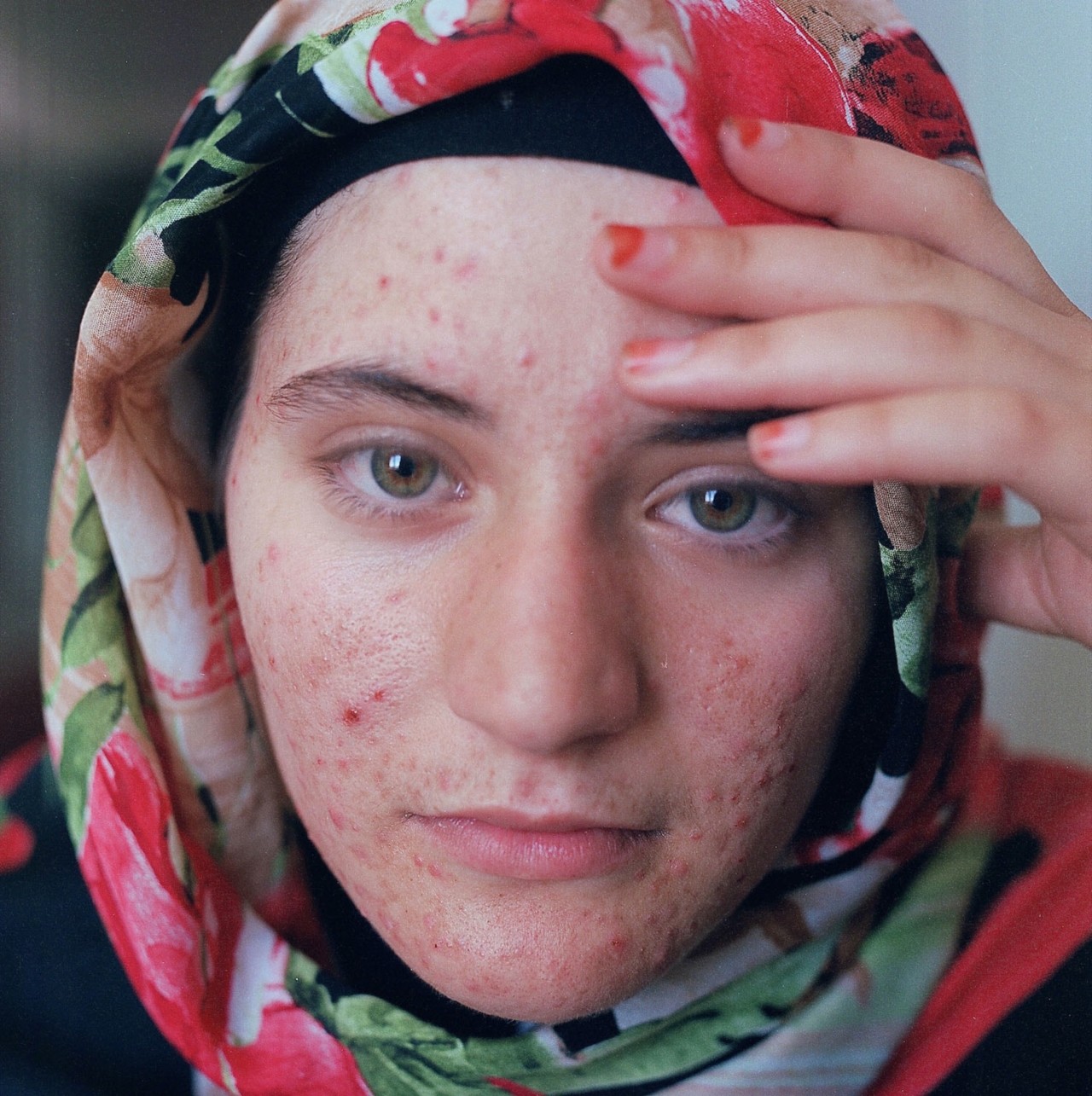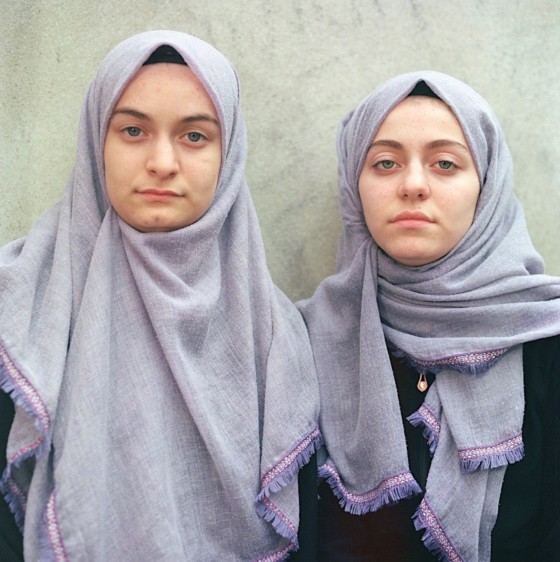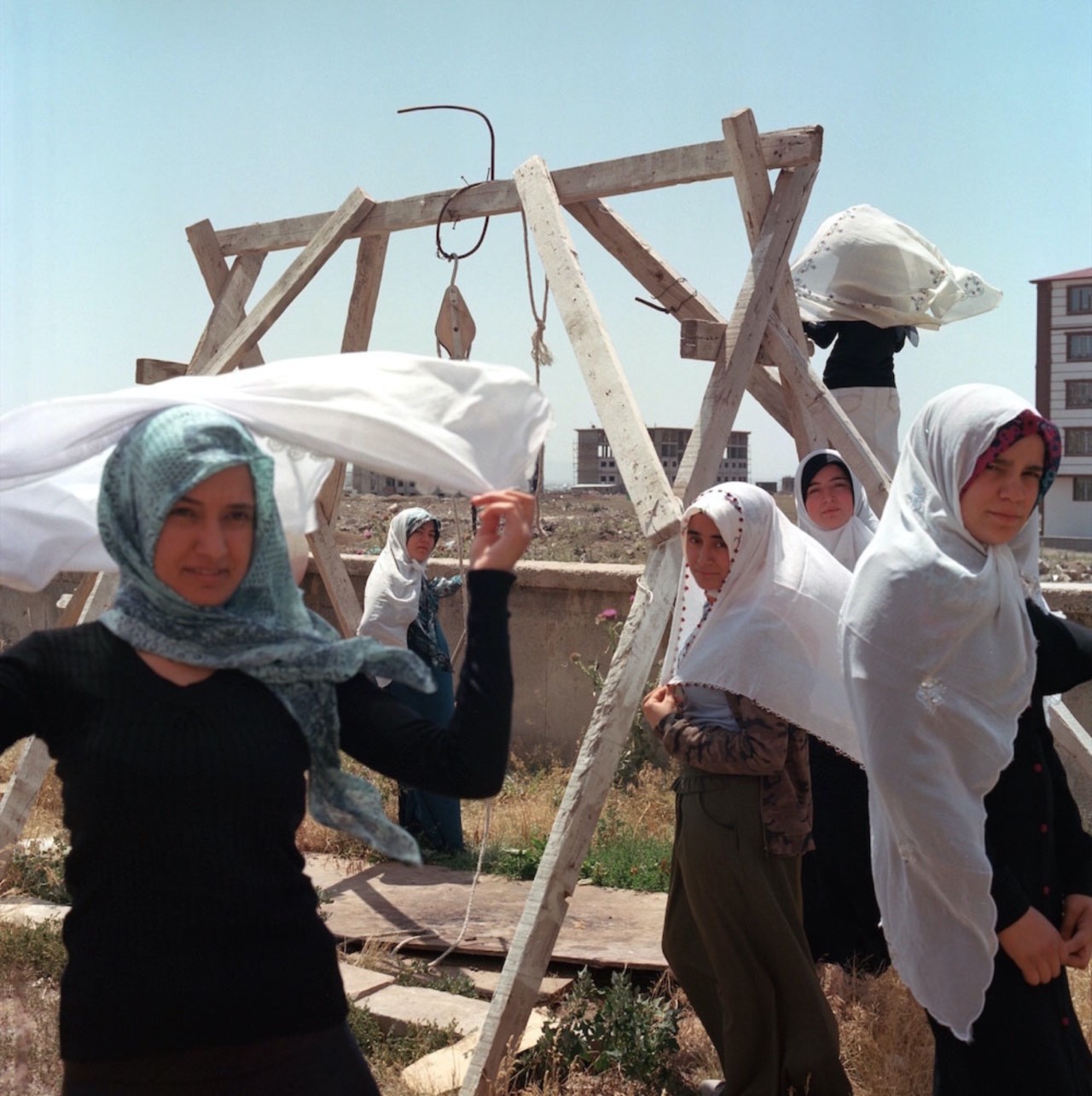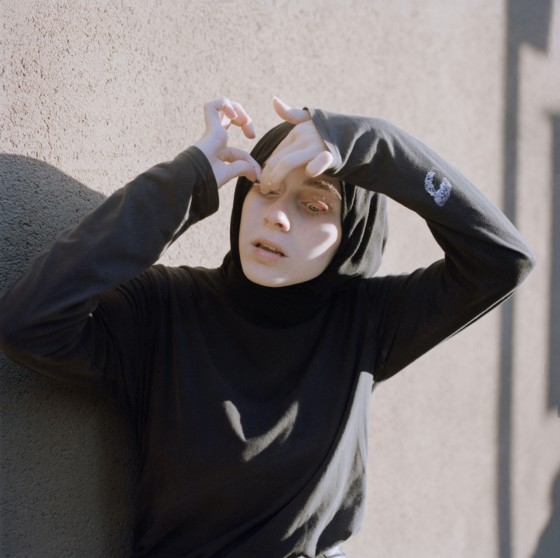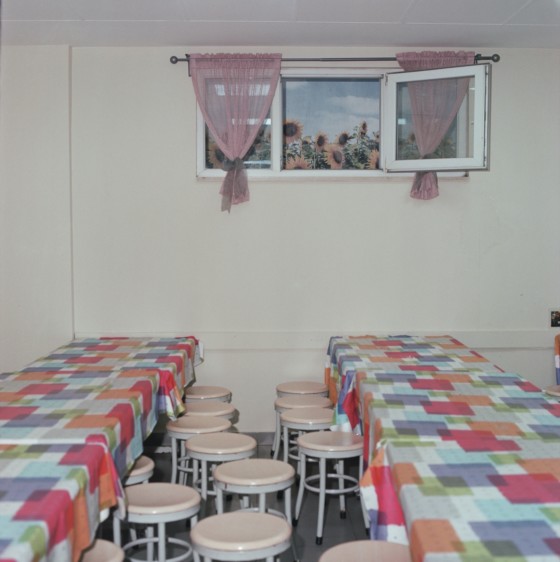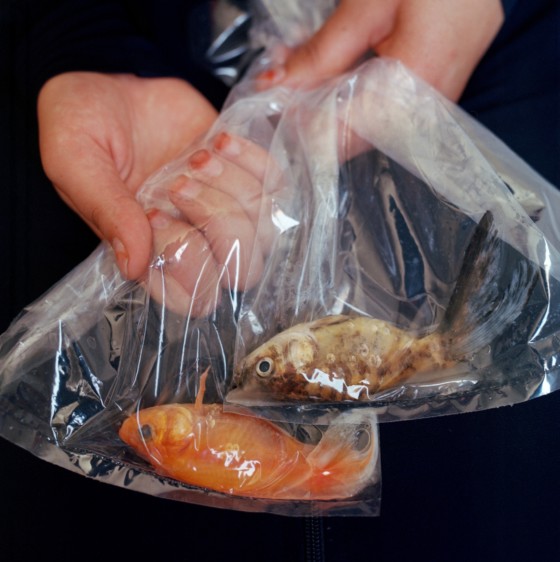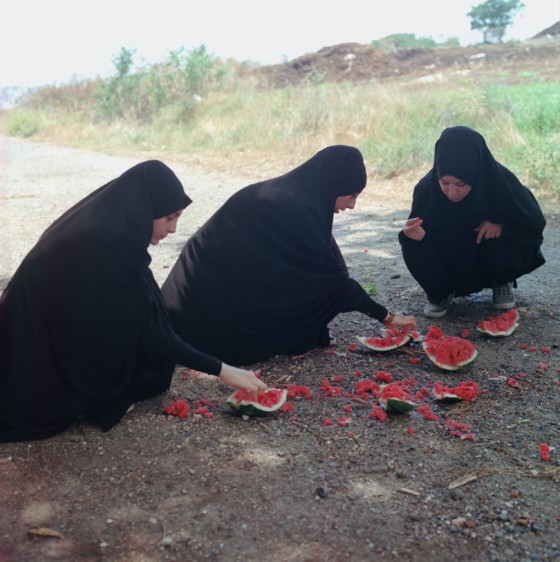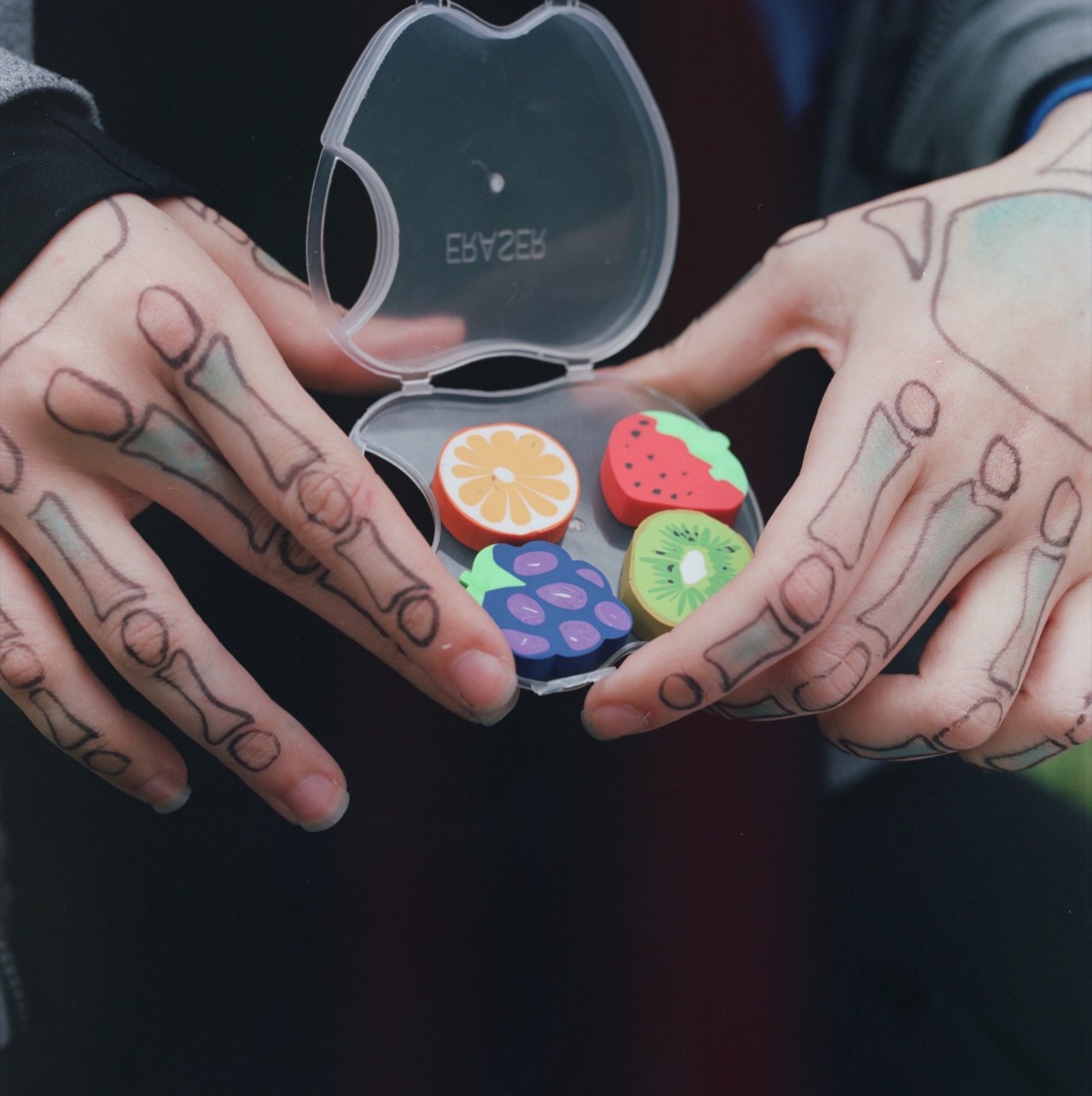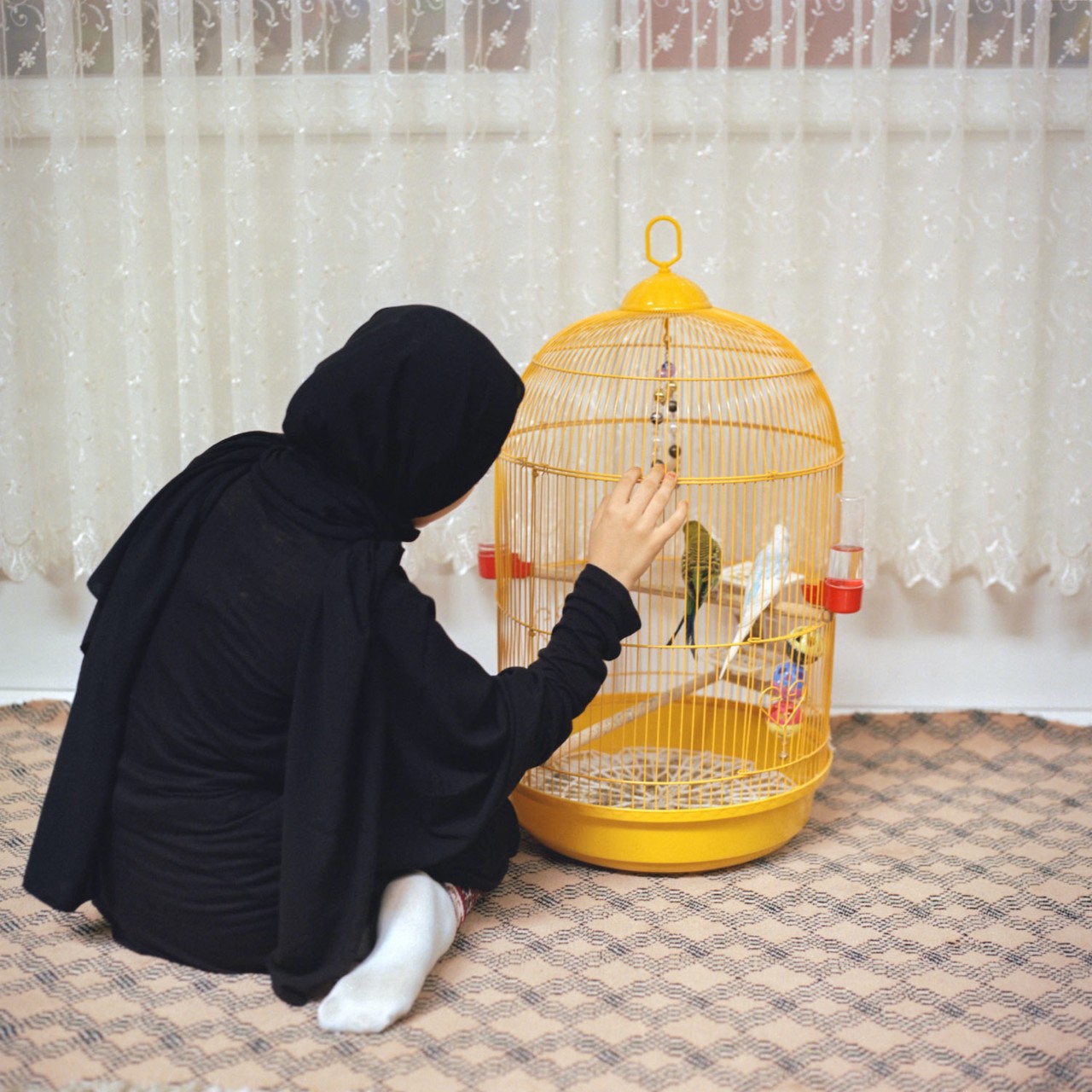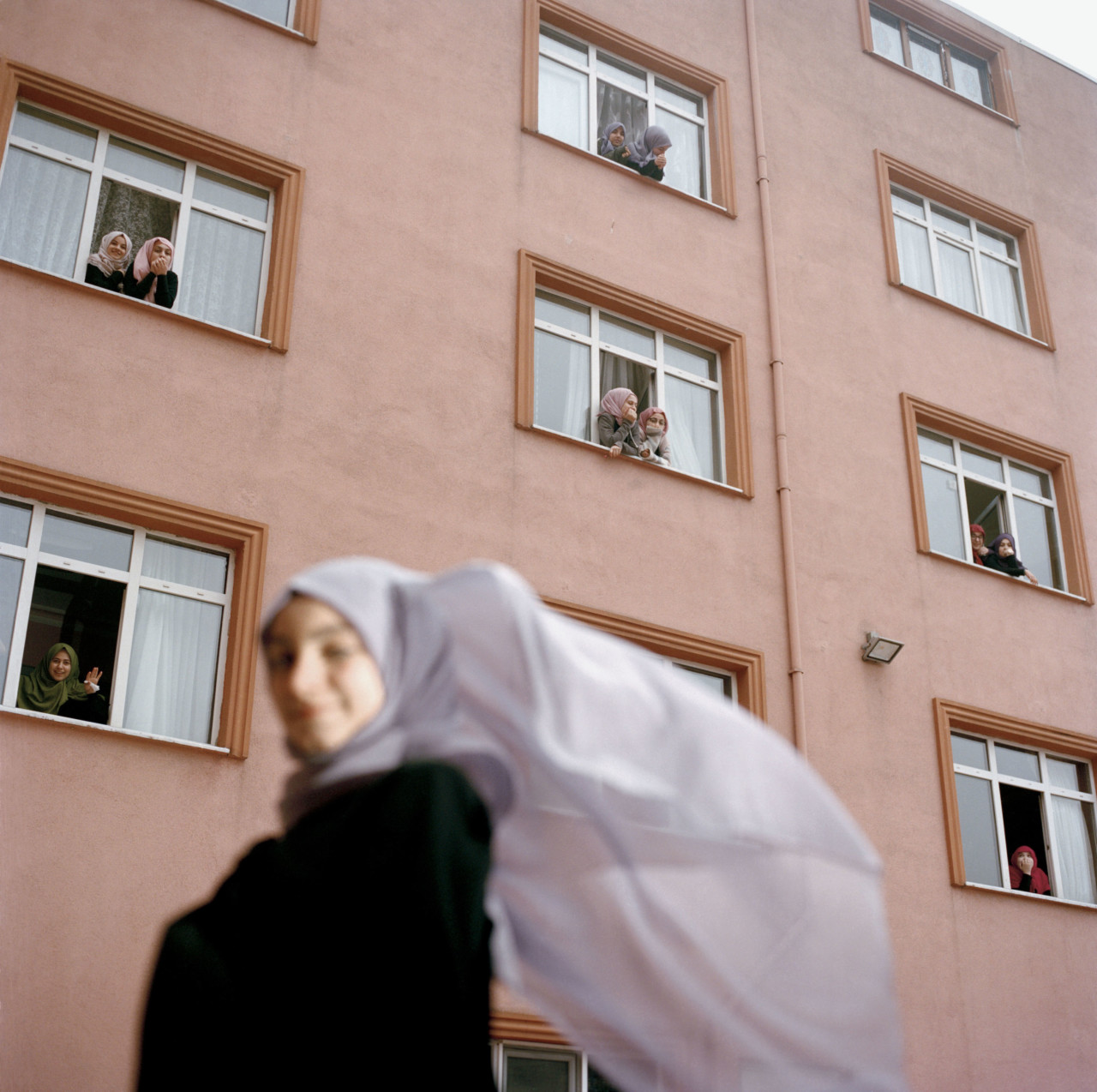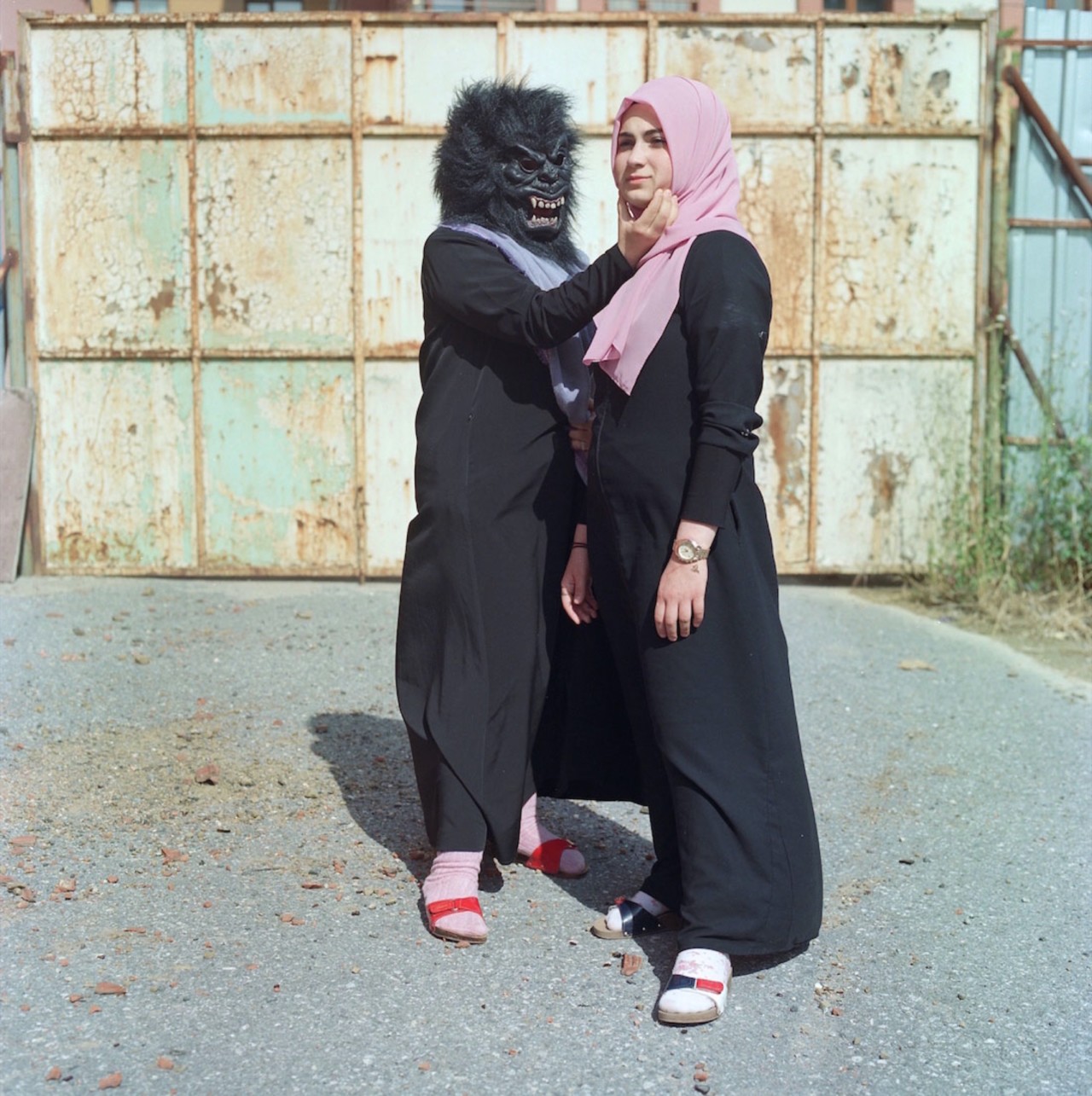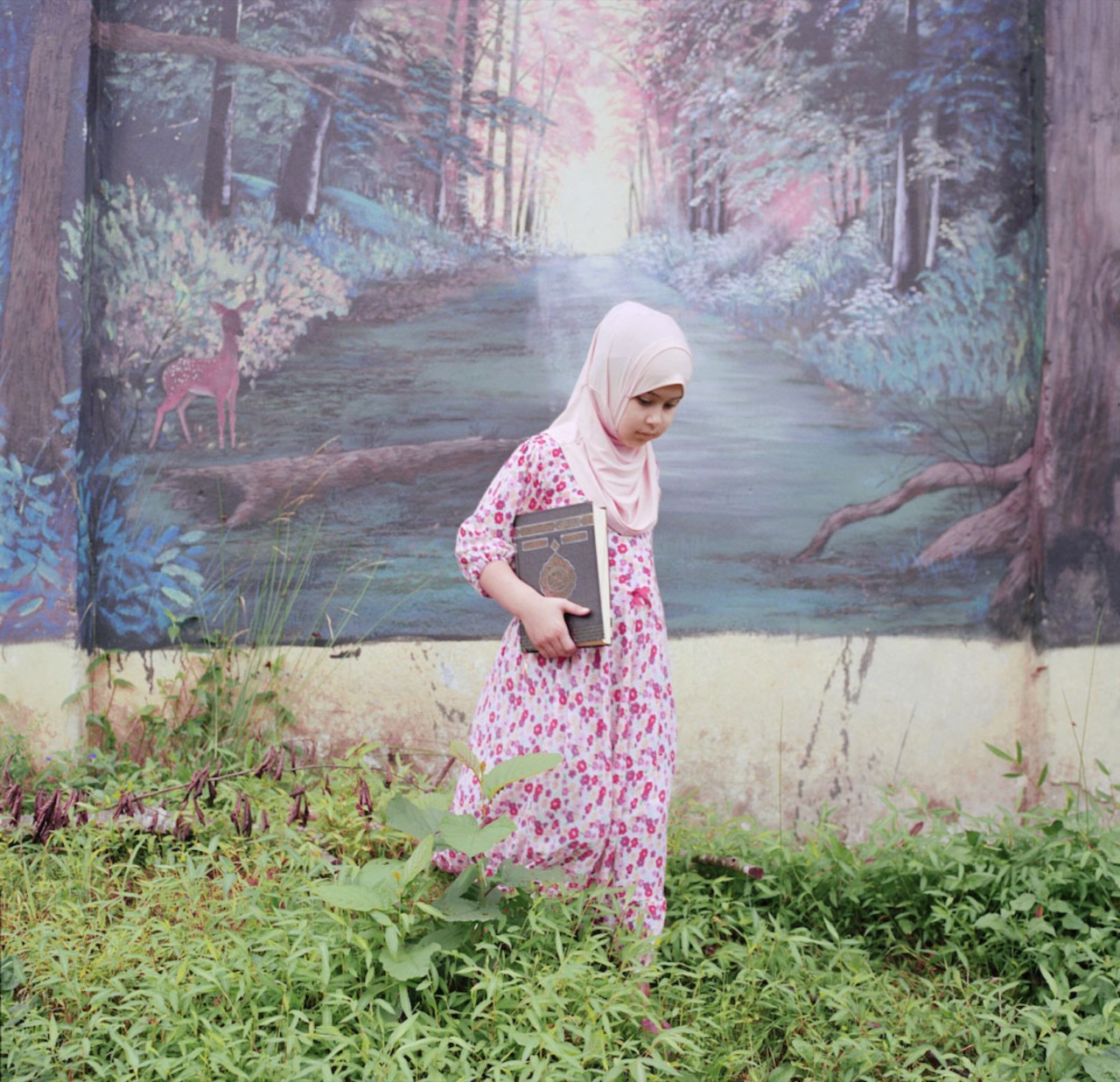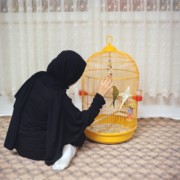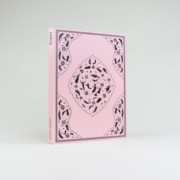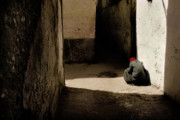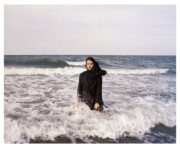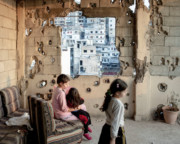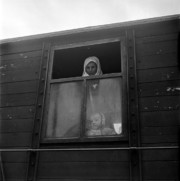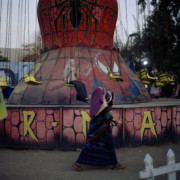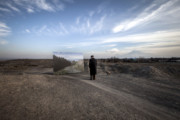Sabiha Çimen’s Wins the Paris Photo-Aperture First Photobook Award
Sabiha Çimen discusses her current major project exploring the dreams and adventures of young Muslim women in Turkey
Sabiha Çimen’s first photobook, Hafiz, won the 2022 Paris Photo-Aperture First PhotoBook award. Find out more about Hafiz in the interview below from 2020, and pick up a signed copy from the Magnum Shop here.
In Turkey, many teenage Muslims are sent by their families to religious schools where they are taught to memorize the Qur’an. In these single-sex, largely residential schools which range in size from 50 students to 600, young people spend an intensive period of three or four years on their religious education. It was on her return to such a school, with her Hasselblad camera in hand, that Sabiha Çimen discovered her artistic voice. Titled Hafiz: Guardians of the Qur’an, Çimen’s ongoing project — and her most significant to date — captures students in attendance at several girls-only Qur’an schools throughout Turkey, weaving its emotional narrative through collected vignettes of the daydreams, trivialities, quiet rebellions and melodramas of youth.
Çimen has collected numerous photography prizes over the years: winning the Canon Female Photojournalist Grant in 2020, receiving second prize in World Press Photo’s 2020 Photo Contest, and being elected as a finalist for the W. Eugene Smith Memorial Grant. In 2018, she was a participant on the World Press Photo Foundation’s Joop Swart Masterclass program, and won third prize in the PH Museum’s Women Photographers Grant scheme. Despite these numerous accolades, Çimen didn’t initially intend to become a photographer, beginning her university education at business school, as she explains in a Q&A with us here. Çimen speaks to us about the allure of returning to and documenting a rarely-seen world, working with nostalgia in her images, and drawing on psychological connections with the subjects of her photos to create her visual “autobiography”.
Can you describe your route into photography? Did you always see yourself making images for a career? Was there a particular moment, person or work that had the biggest influence on you becoming a photographer?
l studied international trade and finance, and then l completed a Master’s degree in cultural studies, on an interdisciplinary program involving history, philosophy, sociology and art. My Master’s thesis involved text and photography and was released as a book by Cambridge Scholars Publishing titled Turkey as a Simulated Country, but it wasn’t until l bought a used Hasselblad medium format camera and returned to my teenage boarding school — a Qur’an school—that photography became my passion. After winning several awards and gaining some recognition, l started to think of photography as a career and finally Magnum made that dream come true. Though I am working in it now, my initial motivation for making images was never career-based. l am using this medium to express myself, transform my emotions, dreams, words, and even my fantasies.
In terms of influences, I was impressed by my family photo albums. The existence of my twin sister is also one of the main inspirations of my visual life. Like the Kieslowski film, The Double Life of Veronique, I had the rich experience of seeing myself as two separate bodies, but with the same appearance, as if I had a mirror with me. It almost feels that at the moment when I will pass away, I will open my eyes into her life. I can say that encountering myself at every corner turned my perception of self into a spiritual one in some sense. Family albums, memories, and my double life, within me have shaped my photography.
What was your motivation to revisit Qur’an school? Is there a personal goal or question you wanted to address in the work?
In Turkey thousands of Qur’an schools exist to teach the memorization of the Qur’an and many are attended by girls. Ranging in age from 8 to 17 years old, most take three or four years to complete a task that requires discipline, devotion and focus.
l attended Qur’an school with my twin sister when I was 12 years old for three years, now almost 22 years ago. When l became a photographer l immediately wanted to run back to the Qur’an schools because this experience always stayed with me. This story is a rarely seen glimpse into this world, normally hidden and forbidden to most others. l wanted to portray the lives of these young girls during their intensive years of Qur’an education. My project is about these young women, about me and my twin, the memory of the Qur’an, and an investigation and portrayal of the hidden power within them acting out with small forms of resistance to find their individuality. A kind of an autobiography to me.
Through their photographs I want to give women the chance to speak for themselves and avoid misconceptions and misinterpretations for these sections of society that are underrepresented — particularly so in Western media. I wanted to shed a bit of light and insight into the young girls’ hearts and minds, these girls who carry heavy responsibilities as guardians of the Qur’an.
My project follows the daily lives of students at a number of these schools and shows not only their journey to become hafızes (memorizers), but also how they simultaneously retain the dreams and adventurous nature of young women their age. It also explores their rule-breaking practices and the fun of school life when they are not studying. The project gave me a chance to see myself as I was then.
"l wanted to shed a bit of light and insight into the young girls’ hearts and minds"
- Sabiha Çimen
More practically: when does this type of schooling take place? How many people attend? Were you able to visit your own school? Were there significant changes since the time you studied in a Quran school?
Yes, some of the photos that I took in Istanbul are from the same Qur’an school where me and my sister studied. I have visited different Qur’an schools in five cities in Turkey and have been to different types of schools. Some of them allow only one day’s visit home every 15 days, some of them allow such visits once a week. Each school has a different program: some schools’ students live there year-round, without a break; especially Muslim Turkish families who are living abroad in Germany and France. They send their children to have religious education and continue to keep the tradition [of the hafizes] alive. Some schools only allows students off for religious holidays, while others close for a summer break in August. Some schools also have secular education programs at certain times of the day, covering things like math and history, for the students who are supposed to go to primary school or high school. In eastern Turkey there are many Qur’an schools that can have better and worse conditions, or more flexibility or more rigid rules. The schools exist both in urban and rural areas.
"l am using this medium to express myself, transform my emotions, dreams, words, and even my fantasies."
- Sabiha Çimen
Looking at the girls in the images as they express themselves and play, I would get the impression that your school experience was a positive one. Would you say that is true or do other factors, like nostalgia, have an impact on how the photos are created?
The schools have a serious task: to teach the memorization process of the Qur’an, but the young teenage girls like to play and have fun too. I also studied in the same gardens and corridors and acted the same way. When I returned to the schools years later to make a photo project I had certain images in my mind from my own experience, but the girls also helped me portray them through a kind of unspoken collaboration between us. The end result is partly my nostalgia, and partly it’s mixed with the present-day realities of life in the Qur’an schools.
"I had certain images in my mind from my own experience, but the girls also helped me portray them through a kind of unspoken collaboration between us."
- Sabiha Çimen
The project is all made on medium format film. What draws you to shooting that format?
I started visiting the schools with a digital camera many years ago, but l was not satisfied with the results. Through my Hasselblad, which I got in 2015, I feel an absolute comfort transforming my emotions, and being my own self. For me, film gives a lot more depth than digital. Digital, in my opinion, interrupts the creative process as you’re always looking back at the camera at the image you just took, instead of only looking through the viewfinder until you feel the image in the actual environment. I actually enjoy the waiting process between shooting and getting back the results. It’s like a process of digestion for me.
In the context of islamophobia on a global scale, there seem to be few representations in Western media of visibly Muslim women that aren’t cartoonish or degrading in some way. The representations that we see are usually shaped by people who aren’t themselves Muslim. Is there an effect you would like to achieve through documenting the everyday stories of these girls, given your own lived experience?
I approach my work as an ‘insider’ and my images simply portray my own life, family, and friends. In this story, my process allowed me to go deeper and establish a greater intimacy. When I portrayed these girls, I especially wanted to show them as I would like to be depicted and represented myself: in a nuanced way, not categorizing, not one dimensional, and not static. I want to change the misconceptions and misinterpretations about these social strata. For me, this project shows girls as they shape their own image and appearance without male dominance or societal pressure.
"I especially wanted to portray them... in a nuanced way, not categorizing, not one dimensional, and not static."
- Sabiha Çimen
You described the experience of being a twin sibling as seeing yourself as “two separate bodies”. In the Hafiz project you also depict dreaming, and the connection young women have with each other whilst (seemingly) experiencing isolation from the wider world. Is a sense of empathy with another person, or capturing others’ psychological lives an important factor in your photography?
Being a twin is like being two people at the same time. There is an instant connection and understanding that helps me connect through the lens to the “other”. Empathy is a big part of photography. To put yourself in someone else’s shoes helps you to experience what they are experiencing. The Qur’an girls’ story is my story, but l also shoot other people in other situations. In every context, empathy is needed to make worthwhile photos. My main goal is always to portray others’ emotions, and at the same time, portray my own. Almost all of my subjects somehow have become my twin.
Do the themes you explore, and techniques you employ, in this project differ from your previous work?
When l look at past projects l can see that l am finding myself, especially in my portraits of women. I previously made a portraiture project about Syrian widows who live in urban centers in Turkey, but that project and my past projects employed totally different techniques and dealt with totally different issues.
Though this project, l have travelled a lot and discovered my aesthetic: my way of “telling” through these experiences, yet l am still learning, and shaping my vision.
Is this body of work completed, and do you have any immediate plans now for further projects?
l am still shooting this project and hope to complete it and make a book. With my next project l will expand it and photograph some of the girls by following their drastically changed lives after they graduate from the Qur’an school.
Whilst l regularly shoot photographs of family and friends in my close circle in Turkey, l also spend almost half of the year in New York, where l shoot as an outsider, trying to understand other cultures and lives. At the moment, l am interested in experimenting with other camera formats and ways of seeing.
There are relatively few photographers (at least in Magnum) who cite personal religious beliefs as influential factors on their work, although many have focused on religion as their subject. To what extent does your religion shape your practice?
I see and experience the world through my belief system. It’s about devotion, discipline and practice. Photography helps me explore my culture by looking in. Islamic culture is underrepresented and often misunderstood in the western sphere. My mission is simply to shed some light on my world, especially about women, for others to see, and at the same time, to look deeper and discover my own true potential.


